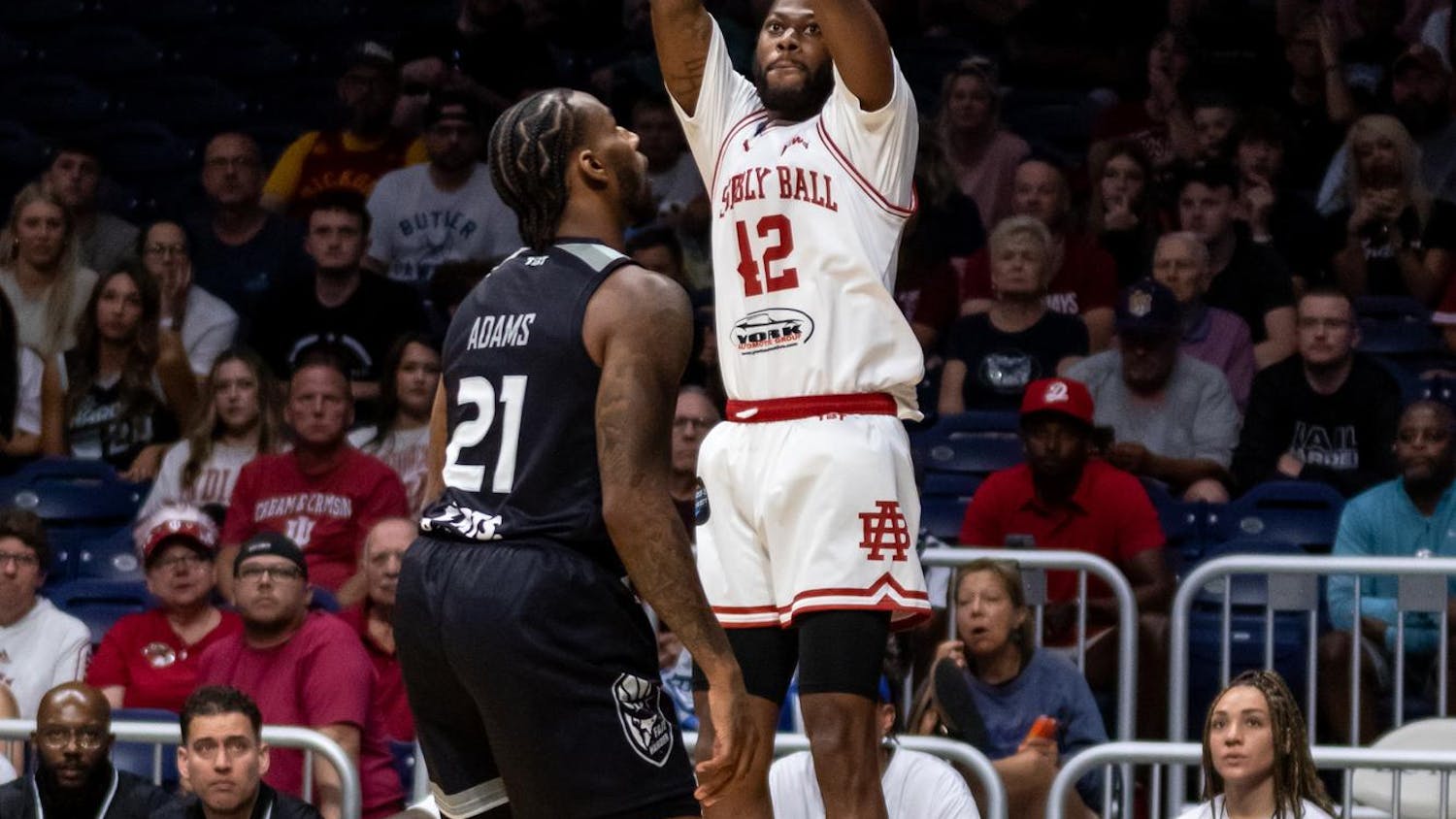Racial slurs and swastikas carved into doorways and walls of campus buildings. Anti-gay messages on dry-erase boards in the residence halls. An associate instructor making fun of a Jewish student's religion.\nThese are only three examples of discrimination cases that were reported to IU's anti-discrimination teams.\nIU prohibits discrimination based on age, disability, gender, marital status, national origin, race, religion, sexual orientation or veteran status. \nTo deal with violations of this guideline, IU established the Racial Incidents Team, which has become a model for other universities, said Doug Bauder, Coordinator of Gay, Lesbian, Bisexual and Transsexual Student Support Services.\nSince the Racial Incidents Team was established in 1988, other universities have expressed an interest in it, said Pamela Freeman, assistant dean of students and chairwoman of the team since its creation.\nBased on the success of the team, the Gay, Lesbian, Bisexual and Transsexual Student Support Services, 705 E. Seventh St., formed the Anti-Harassment Team in January 1990, and the Gender Incidents Team was established in Fall 2000.\nThree specialized teams are more effective because the work involved is detailed, said Bauder, who is also a member of the Anti-Harassment Team.\nDuring the 1999-2000 academic year, 72 racial incidents and 128 sexual orientation incidents were reported on campus, according to statistics from the Racial Incidents Team and the Anti-Harassment Team. \nFrom the statistics, it is not possible to tell trends, Freeman said. \nShe said the numbers tend to spike after one incident when other people start reporting things that happen to them.\nMore discrimination is reported by blacks, Jews and Asians than any other groups except men reporting incidents to the GLBT Anti-Harassment Team, according to the teams' statistics. The incidents happen mostly in residence halls.\nIncidents range from racial slurs, verbal harassment, vandalism and defacing property -- which is the most common occurrence -- to outright physical harassment and intimidation. In most cases, the offenders are unknown.\nThe Racial Incidents Team finds that in most cases, the offenders are students, but sometimes are staff or faculty. The Anti-Harassment Team finds that most are students.\nIf the offender or offenders are known, the teams work toward mediation. \n"(Remedies) are tailored to a specific situation," Bauder said.\nThe teams do not have the authority to impose sanctions but refer cases to other resources, such as the Office of Affirmative Action and the Office of Women's Affairs. Some students are sanctioned and subject to punishment within the campus judicial system. \nWith the majority of the offenders unknown, the predominant outcome is that the information is compiled and statistics are collected.\nIn the residence halls, CommUNITY Educators are given this information to help address issues proactively rather than reactively, Bauder said. If there is a lot of graffiti in a part of a residence hall, they will have a program there, Freeman said. The programs range from panel discussions to interactive games. Sometimes the GLBT Speakers Bureau gives talks.\n"We hope to educate and -- through education -- prevent," Freeman said. "A big part of what we do is support for people victimized." The team will listen and offer suggestions as to what the victim can do.\nDuring the 1999-2000 school year, incidents included the following:\n• Homosexual slurs written on dry erase boards in the residence halls. Racial slurs and swastikas were carved and written on campus buildings and in residence halls. \n• A Jewish student reported an instructor told him "this test is going to make you squeal like a pig," squealed, and made references to pork products. \n• Police reported a white male student called a black officer a racial epithet when he was responding to a fight at a fraternity.\nFreeman said much discrimination stems from ignorance. Students don't always know what constitutes harassment and what is serious enough to report. Some are in denial about what is happening, she said.\n"One big value is (that compiling data) helps prevent people from saying we don't have a problem"
Anti-harassment team offers help
Get stories like this in your inbox
Subscribe





